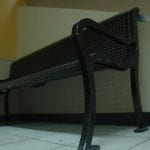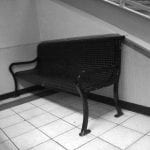

Angles

This car was shot from a bug eye view. Bugs eye view looks very good on a car because you get the full car (Fron t and back). Also, you can get the sky as the backdrop. This also makes the picture of the car look good because you have big white clouds. The white and light blue makes the blue car stand out. If you were to take a picture of this car head on, you would get more of the land background than the air background.
Surrealism
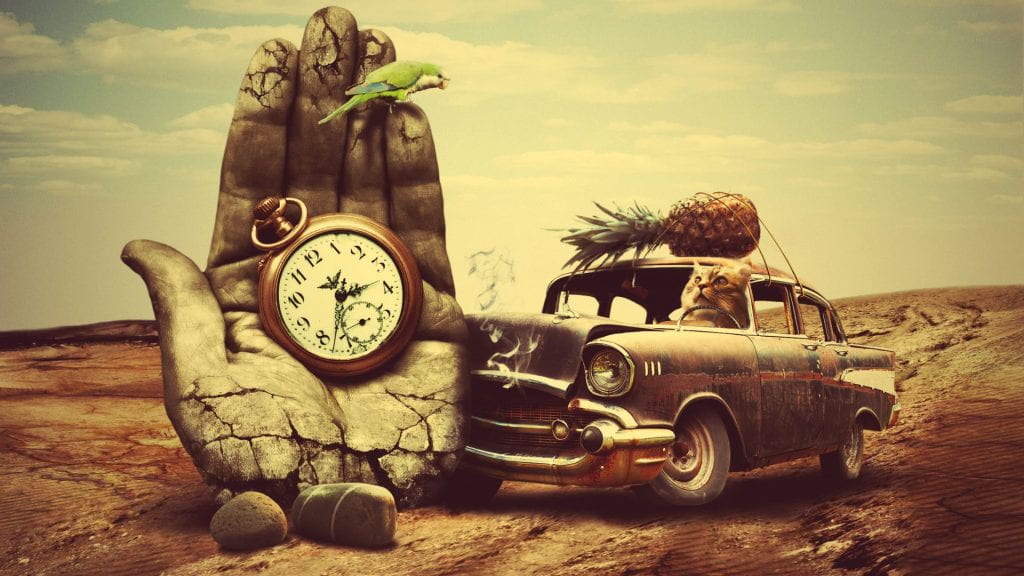

Shadows

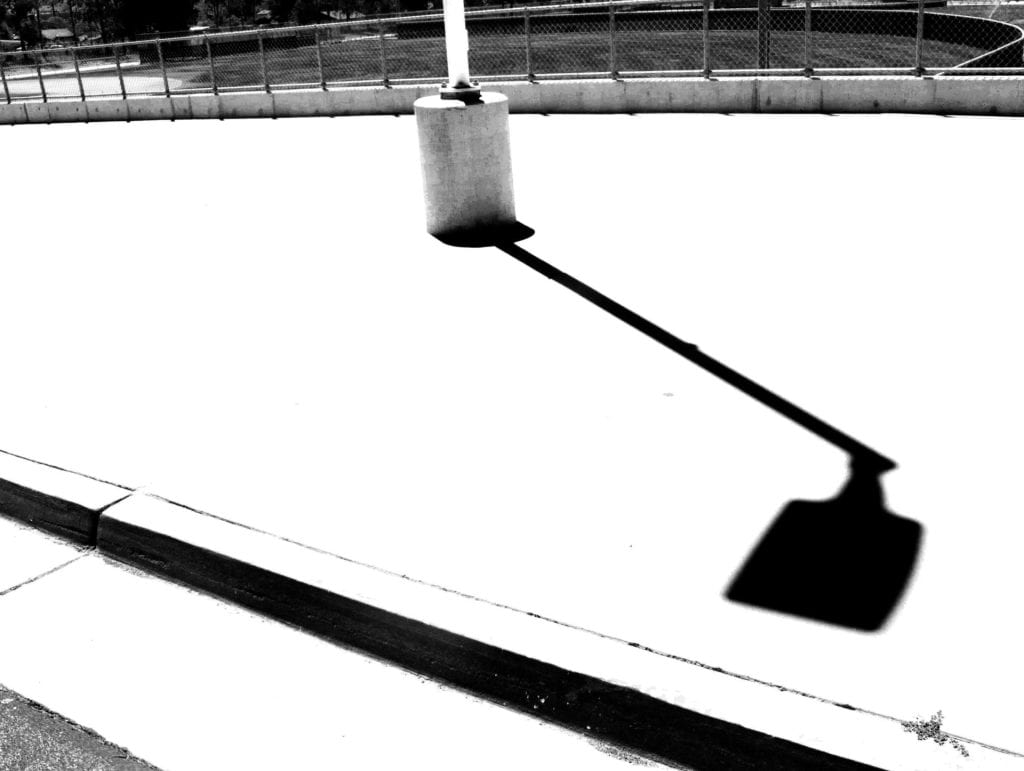

This picture shows a very creative shadow. The picture would have people trying to find out how the kid comes out because he is not seen without a shadow. I chose this picture because it’s a different style of shadow because you only see a piece of where the shadow comes from. There are many pictures like this because they can be hard to get a picture like that.
Texture


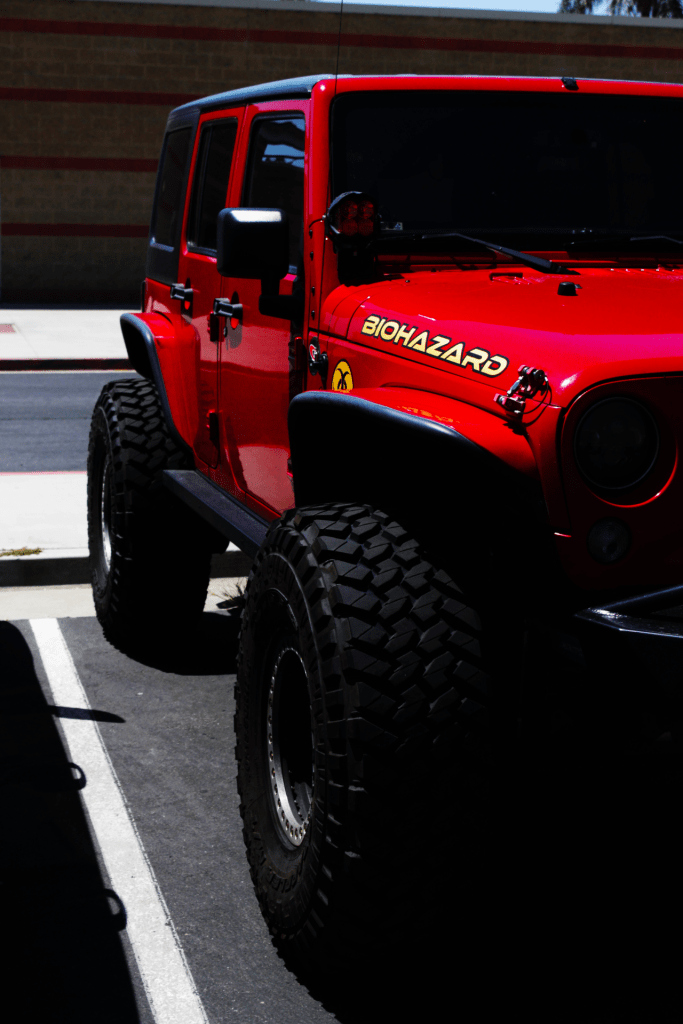
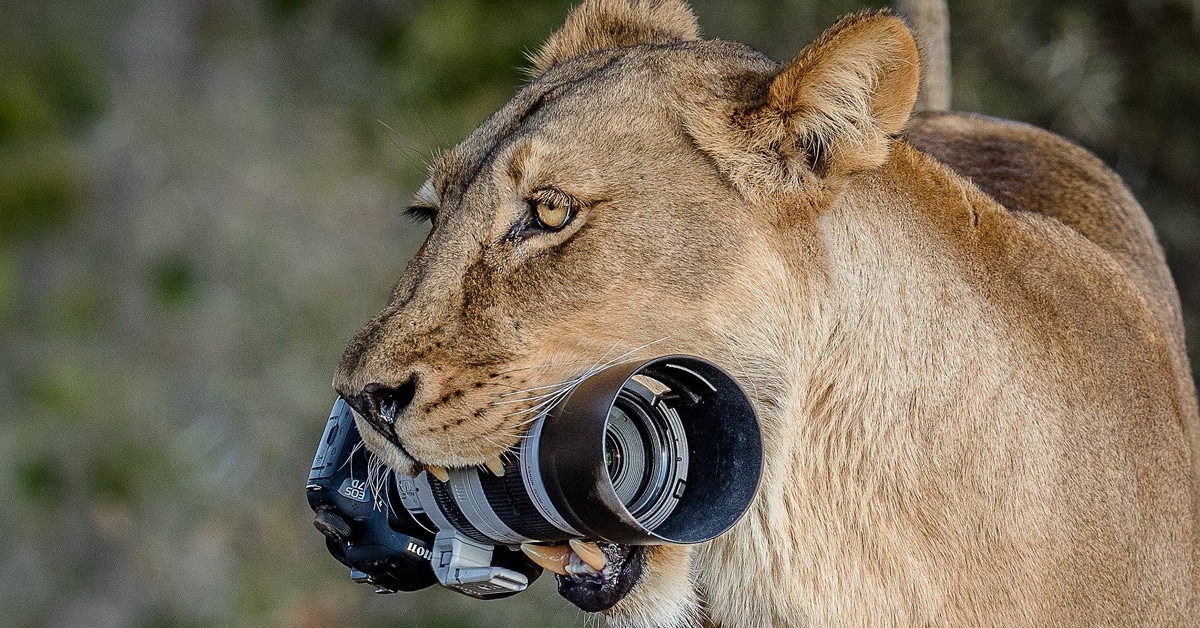
This picture has very good texture, lighting, and positioning. The photographer took a close-up picture. The picture is not bright but not dark. This is also a very creative photo. The lion having a camera in its mouth makes this picture stand out. Many photographers wouldn’t even get close to an animal this dangerous. A very focused picture, you can see the lion’s hairs very clearly. The background gives this picture a good contrast.
Exposure
Camera Exposure
A photograph’s exposure determines how light or dark an image will appear when it’s been captured by your camera.
UNDERSTANDING EXPOSURE
the exposure settings of aperture, shutter speed and ISO speed are analogous to the width, time and quantity discussed above. Furthermore, just as the rate of rainfall was beyond your control above, so too is natural light for a photographer.
EXPOSURE TRIANGLE: APERTURE, ISO & SHUTTER SPEED
Aperture: controls the area over which light can enter your camera Shutter speed: controls the duration of the exposure ISO speed: controls the sensitivity of your camera’s sensor to a given amount of light
Shutter Speed
A camera’s shutter determines when the camera sensor will be open or closed to incoming light from the camera lens. The shutter speed specifically refers to how long this light is permitted to enter the camera. “Shutter speed” and “exposure time” refer to the same concept, where a faster shutter speed means a shorter exposure time.
Aperture Settings
A camera’s aperture setting controls the area over which light can pass through your camera lens. It is specified in terms of an f-stop value, which can at times be counterintuitive, because the area of the opening increases as the f-stop decreases.
Iso Speed
The ISO speed determines how sensitive the camera is to incoming light. Similar to shutter speed, it also correlates 1:1 with how much the exposure increases or decreases. However, unlike aperture and shutter speed, a lower ISO speed is almost always desirable, since higher ISO speeds dramatically increase image noise.
Camera Exposure Modes
Most digital cameras have one of the following standardized exposure modes: Auto (green rectangle), Program (P), Aperture Priority (Av), Shutter Priority (Tv), Manual (M) and Bulb (B) mode. Av, Tv, and M are often called “creative modes” or “auto exposure (AE) modes.”
Hello world!
Welcome to your brand new blog at Edublogs!
To get started, simply visit your blog’s dashboard, edit or delete this post and check out all the other options available to you.
Like more help?
We can walk you through step-by-step in our guide to getting started with your blog.
Happy blogging!
